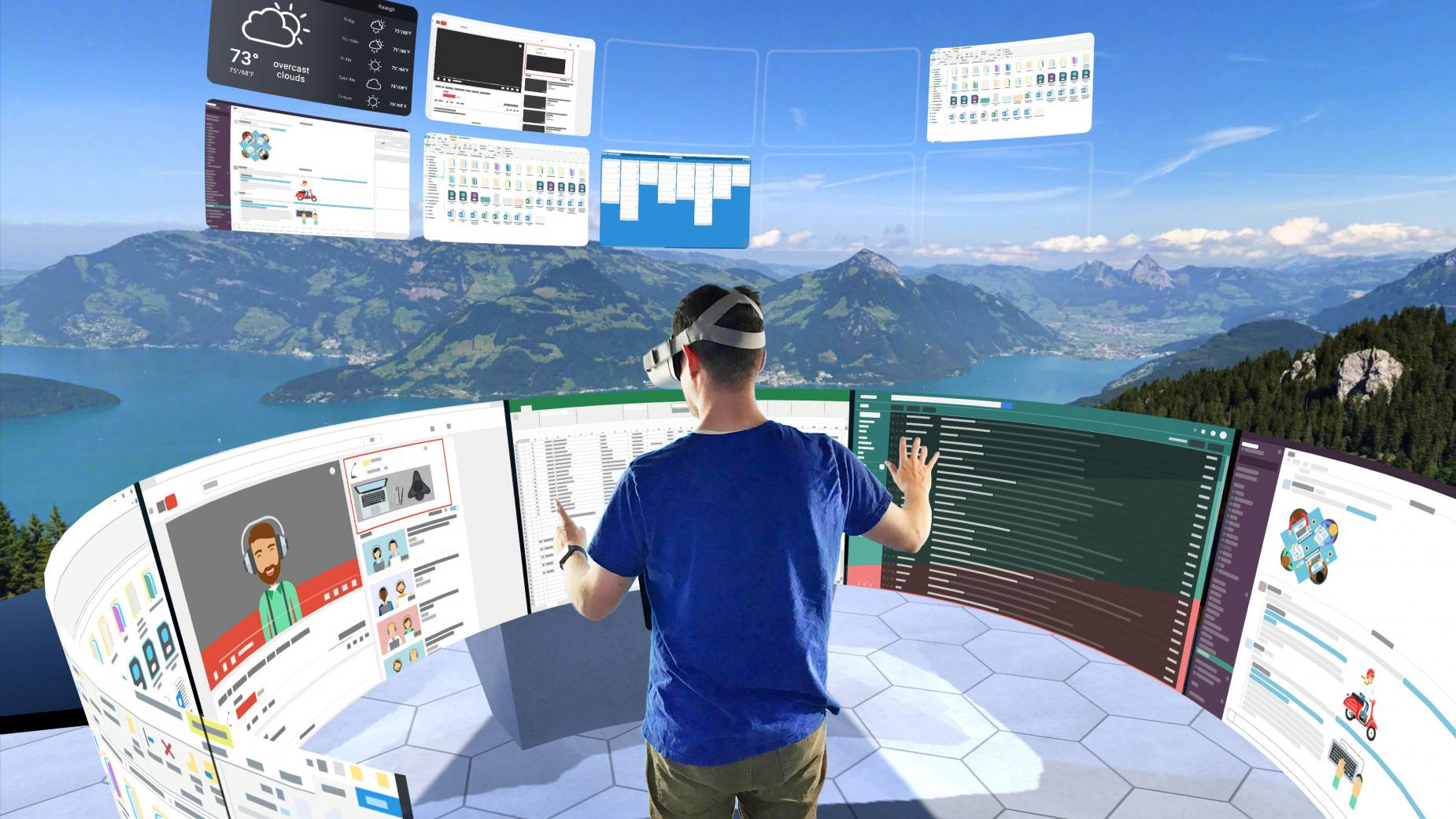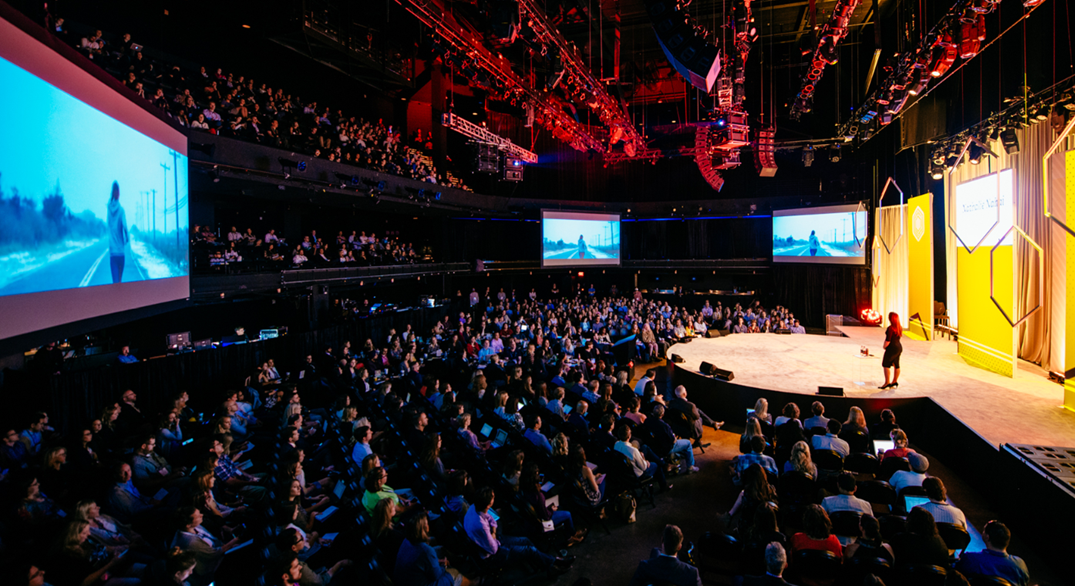One of the silver linings of COVID-19 is its catalytical uptake of a more automated, independent work form. It does take long for any of us to read how much COVID-19 emotionally pushed workforce and company alike. Yes, unfortunately, many companies went out-of-business -or are about to; yet there is a niche of the market that was able to turn the situation around.
Being a corporate market researcher entails building bridges between what your company wants, what is possible and what your supplier is capable to deliver. A select number of suppliers – seeing that the situation would irrevocably change how the market would operate moving forward, fine-tuned its offers, streamlined the product offering to a more digital environment and with that, turned a lemon, into a lemonade and made a buck selling it.
In fact, it is not only about the suppliers who were active in turning the situation around. These suppliers became partners in the reconstruction of the new “status-quo” and helped corporate researchers to continue delivering even when all odds were stacked against them.
Primary research made in home-office, proved to be not only feasible, but with a given increase in quality. Yes, I believe we are working more from home than when we were at the office, but being able to do what you like, and still being able to have your family around should be seeing as one of the greatest silver linings that COVID-19 brought.
YOU MIGHT ALSO LIKE: Irrational Consumer Behaviour in Times of Global Health Crisis
I firmly believe that we corporate market researchers should depart from the idea that “soon everything will be back as it once was”, the back to normal mentality will crash. The changes in technology, mindset and foremost important, the impact on the costs in conducting virtual Focus Groups, in turning what once was a very cost-intensive process into a more agile and cost-friendly project, these changes will remain. We are heading to a “new normal”.
The “new normal” will require the made-in-home-office projects a stronger project management skill, but also a different approach to stakeholder management. While controlling will be happy to see a decrease in their SG&A in the research process, some more conservative stakeholders will need a bit of extra TLC to understand that companies find themselves in a new era.
Last February we saw in the Qual360 conference in Berlin that different technologies were being used and incorporated in product testing. Virtual reality being very prominent. From the audience, a mixture of enthusiasm encapsulated in skepticism was palpable. Then COVID-19 came around and the once scuffed idea turned out to be a lifesaver.
From virtual reality, through virtual focus groups to a myriad of qualitative and quantitative online possibilities, technology is a key element in the “made in the home-office” era. This technology will rapidly evolve, and I see that in a couple of years, virtual reality will enable us, for instance, to run focus groups from the comfort of our houses. Viewing agencies will turn mostly into technology-centric hubs and their competition will be based on the virtual deliverance of projects. I know some concepts are on the way already, and what we wait and see is whether the IT infrastructure of companies will be able to keep up with the changes. We might have great products out there, but again, corporate market researchers will have to ensure that their stakeholders are all on board: even the shiniest new toy, won’t be worth much if people do not know or can’t afford to play with it.
Primary research made in home-office, a thing or a fad? I would love to hear from you guys, let me know your experiences and what technologies helped you the most.










 by
by 
